Kupiškis is one of the most beautiful towns in Lithuania, standing at the confluence of the Lėvuo and Kupa rivers. The town was named after the Kupa River. The Selonian word “kūpėti” means to run fast, boil and bubble.
Kupiškis was mentioned for the first time in written sources in 1480, when Stanislaus Johannis de Cupyschky, i.e. Stanislovas Jonaitis from Kupiškis, began his studies at Krakow University. Kupiškis, as the town of Sigismund I the Old, Grand Duke of Lithuania and King of Poland, was first mentioned in 1529, when regulations, obligating towns to pay for war matters, were concluded. Kupiškis was repeatedly devastated by the fires, wars, and was also affected by the plague.
Nearest cities and towns are: Panevėžys, Biržai, Rokiškis and Anykščiai, which are about 50 kilometres away from Kupiškis. The distance between Kupiškis and Vilnius, the capital of Lithuania, is very similar to the distance between Kupiškis and Kaunas as well as Kupiškis and Riga, the capital of Latvia, and is about 150 km. Kupiškis is about 300 km away from port city Klaipėda.
Kupiškis district
The small river Kupa, a tributary of Lēvens, gave its name to the town and district of Kupiškis. This is a unique region of North-Eastern Lithuania - part of the Kupiškės still speak the dialect of the Aukštaii Rotininkai and nurture old folklore traditions. Neighboring dialects are also characterized by "rotininka" or "puntininka", but only Kupiškėnas "dadininka". Linguists have no doubt that the region got this characteristic of the dialect centuries ago from the Selians, during the assimilation processes of white tribes. The area of the district is 1080 km 2 . It covers 1.65 percent. all territories of the Republic of Lithuania. The population is 16,232, of which 6,119 live in the town of Kupiškis. The people of Kupiškės have been playing Lithuanian roller since long ago. They have become Lithuanian champions and prize winners more than once.
The manors of Kupiskis district
Kupiskis land possesses 5 manors and remains of fortified Mirabelis manor. The heritage of manors of Kupiskis district, as well as all over Lithuania, is significant for country’s villages and townships, and must be protected and nurtured.


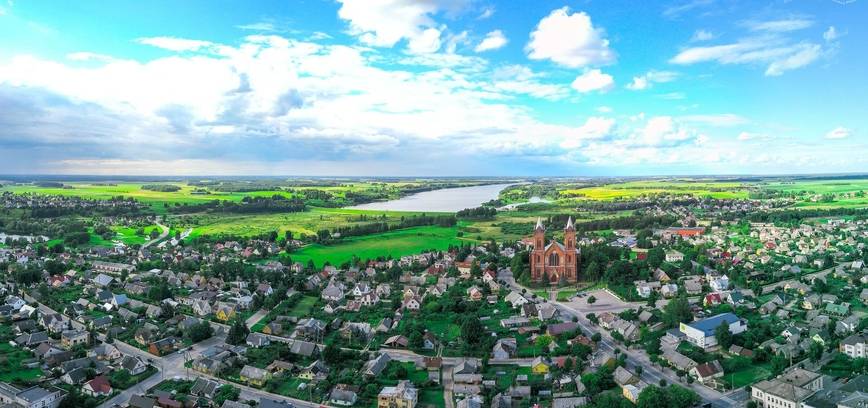
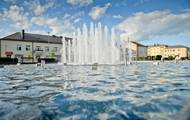
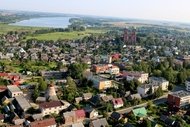

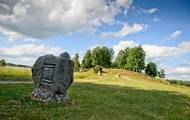

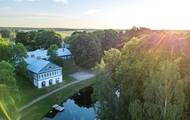
.jpg)
.jpg)
.jpg)
.jpg)